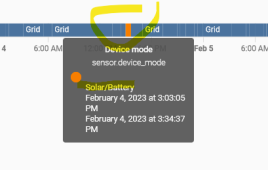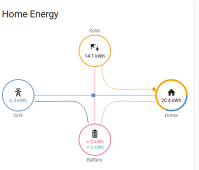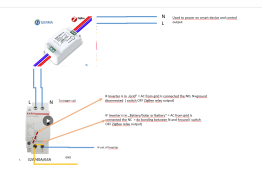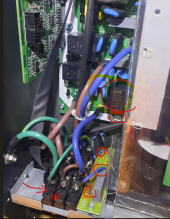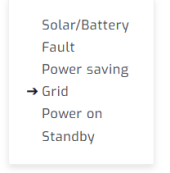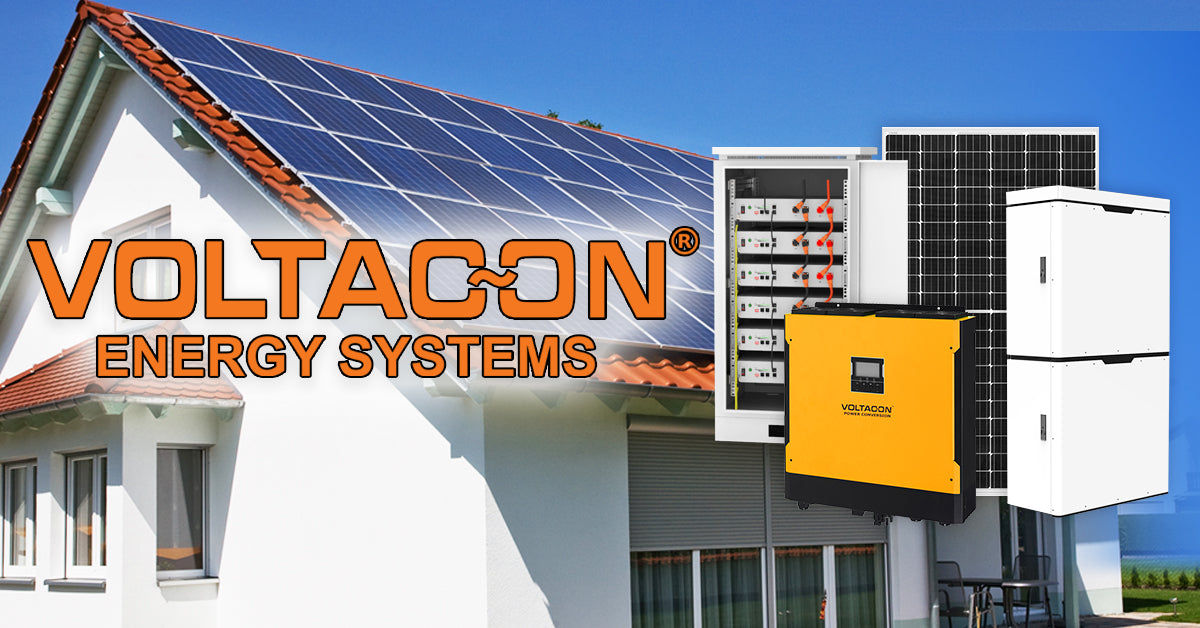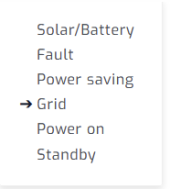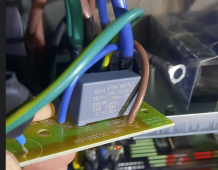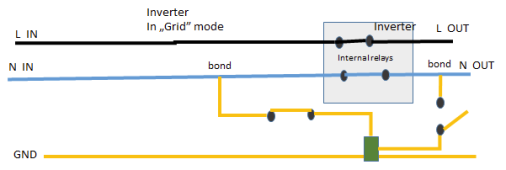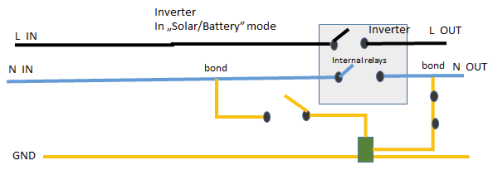What I understood. I am not electrician!
You have normally PE ( Ground ) and N - bonded ( connected together ) at AC grid input. When AC grid switched OFF ( goes to battery+ solar mode = OFF grid without AC connected ), by inverter! (not by power loss ) using internal realy of inverter the you lose the PE+N bonding ( arriving from grid ). This makes the 2 main issues mentioned, no neutral reference output so you can measure on inverter output 110V between N and PE ( ground ) etc... Second issue is protection for RCB ( they argue here is not issue as there is no contióunitiy anyhow ) All together there are risks we want to avoid!
Do not connect N Input and N Output. You need to find a way to connect N output and PE( ground ) when inverter switches OFF the grid - automated bonding for N output and PE.
You need to use AC modular contactor switch to create PE+N ( bonding ) when your inverter disconnect grid input AC ( L and N ) and goes battery mode.
Contactor type: 2 P ( same ampere as max of inverter or higher ) AC modular contactor switch controller, Some are DIN rail mounted and have small led when contactor is in NC mode! ( ~15 USD ). If you ask me one that is NC ( see explanation below ).
I have EASUN inverter ( SML III 5 KVA ) I need to find the relay(inside inverter ) or on circuit board place where when switches OFF the grid ( L and N ) then the modular switch mentioned will disconnect the PE+N ( bonding ). Some inverter may have small relay output already but not most of EASUN inverters.
So if you ask me the relay must be NC ( Normally closed ) = "N output" and PE connected, then when AC from grid switches ON ( N and L ) - then is opening = interrupt the "N output" and PE. Remember "N input"(grid ) and PE is already connected.
I read here just connect to relay( the used for bonding ) the L input from grid, yes BUT the L input from inside the inverter after the inverter internal relay switch. If you connect the L input from grid just before the inverter this will always have current, as the disconnection happens inside the inverter own internal relay switch.
Anyone to confirm am I correct ? Does anyone identified this in EASUN inverters: also keeping in mind that the 3KW and 5 KW inverters from EASUN are different and different models but they all have internal relay!
thanks
You have normally PE ( Ground ) and N - bonded ( connected together ) at AC grid input. When AC grid switched OFF ( goes to battery+ solar mode = OFF grid without AC connected ), by inverter! (not by power loss ) using internal realy of inverter the you lose the PE+N bonding ( arriving from grid ). This makes the 2 main issues mentioned, no neutral reference output so you can measure on inverter output 110V between N and PE ( ground ) etc... Second issue is protection for RCB ( they argue here is not issue as there is no contióunitiy anyhow ) All together there are risks we want to avoid!
Do not connect N Input and N Output. You need to find a way to connect N output and PE( ground ) when inverter switches OFF the grid - automated bonding for N output and PE.
You need to use AC modular contactor switch to create PE+N ( bonding ) when your inverter disconnect grid input AC ( L and N ) and goes battery mode.
Contactor type: 2 P ( same ampere as max of inverter or higher ) AC modular contactor switch controller, Some are DIN rail mounted and have small led when contactor is in NC mode! ( ~15 USD ). If you ask me one that is NC ( see explanation below ).
I have EASUN inverter ( SML III 5 KVA ) I need to find the relay(inside inverter ) or on circuit board place where when switches OFF the grid ( L and N ) then the modular switch mentioned will disconnect the PE+N ( bonding ). Some inverter may have small relay output already but not most of EASUN inverters.
So if you ask me the relay must be NC ( Normally closed ) = "N output" and PE connected, then when AC from grid switches ON ( N and L ) - then is opening = interrupt the "N output" and PE. Remember "N input"(grid ) and PE is already connected.
I read here just connect to relay( the used for bonding ) the L input from grid, yes BUT the L input from inside the inverter after the inverter internal relay switch. If you connect the L input from grid just before the inverter this will always have current, as the disconnection happens inside the inverter own internal relay switch.
Anyone to confirm am I correct ? Does anyone identified this in EASUN inverters: also keeping in mind that the 3KW and 5 KW inverters from EASUN are different and different models but they all have internal relay!
thanks




